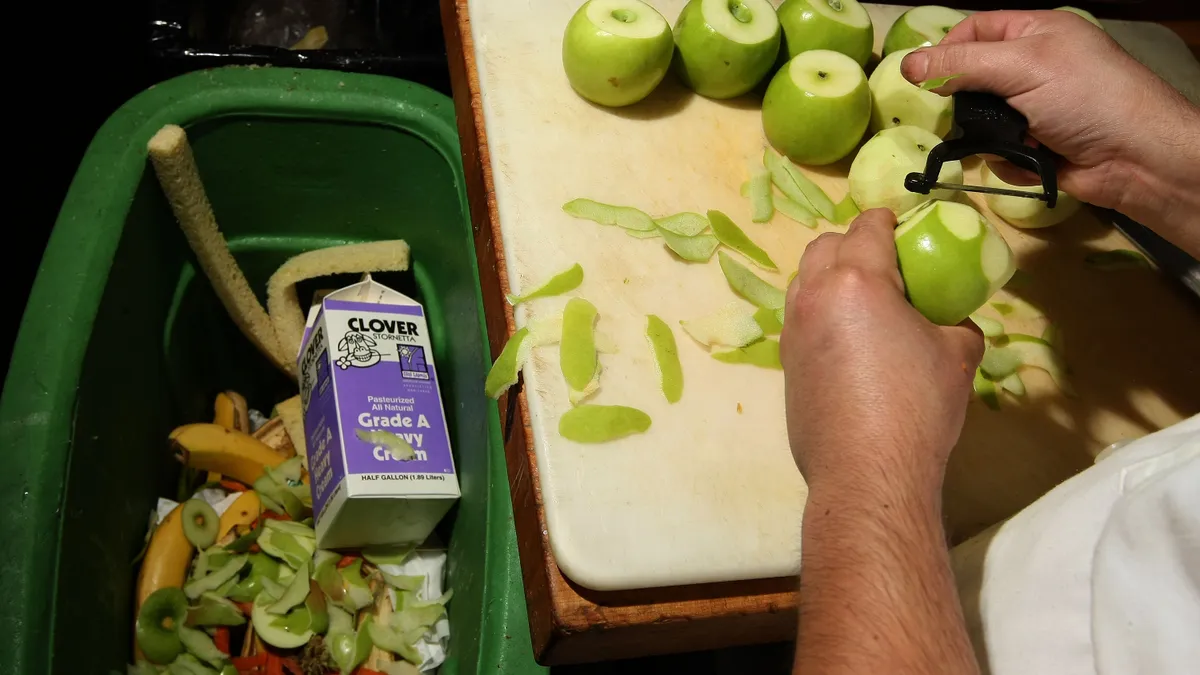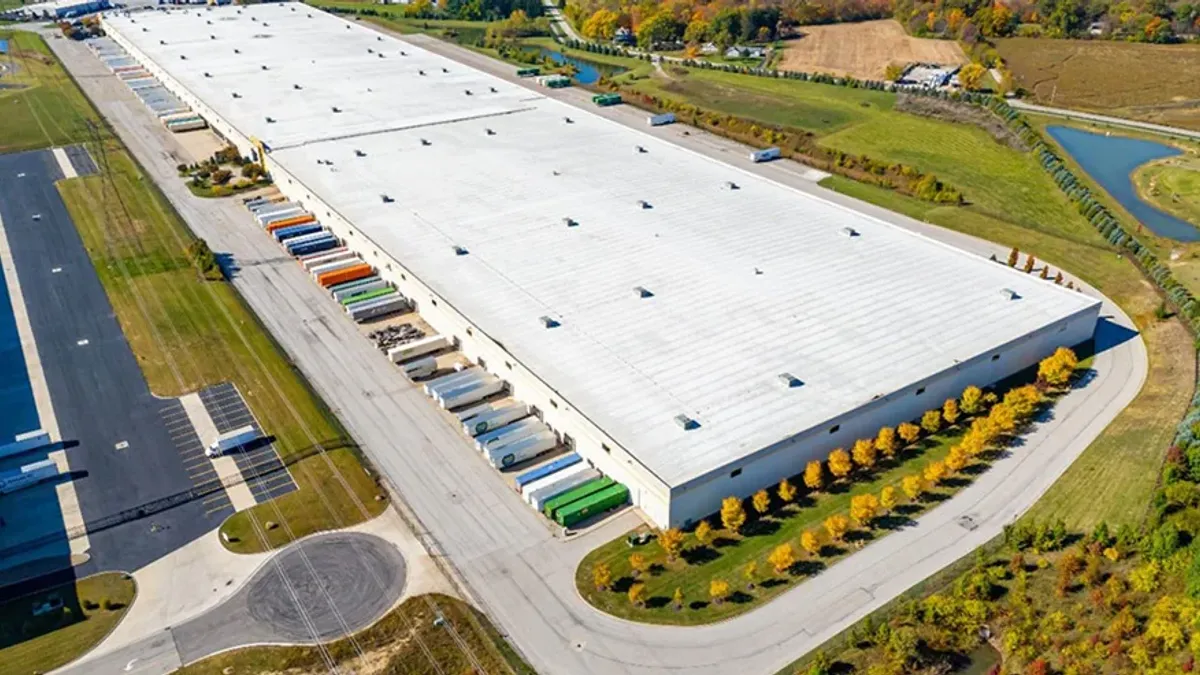The U.S. EPA plans to make food waste reduction an important component of the Biden administration's efforts to reduce climate emissions, per comments an agency official shared during a panel discussion Monday on setting and reaching national food waste targets. The panel was part of this week's NYC Food Waste Fair.
As for what’s coming down the pike regarding EPA’s work on food waste, Claudia Fabiano, an environmental protection specialist who works with the agency's Office of Resource Conservation and Recovery’s Sustainable Management of Food team, said the new administration's prioritization of climate change action is a good place to start.
"We want to focus on policies and actions that will help address climate change by reducing GHG emissions in this space. So we're really trying to focus on where we can get the most bang for our buck there," she said.
Recently, EPA has invested $3 million toward anaerobic digestion, with an additional $2 million anticipated next year, according to Fabiano. “Another big focus over the past few years has been improving our estimation of food waste nationally. We overhauled our national methodology to provide more granular data. And we've also worked to fill a data gap by collecting food waste processing data directly from anaerobic digestion facilities, to really provide a more national look at capacity operations and biogas production and more,” she elaborated.
Representing the private sector, panelist Priyanka Malhotra, senior brand manager for Unilever’s Hellmann’s Best Foods brand, known for its mayonnaise products, discussed a "Make Taste, Not Waste" campaign her company is running to encourage resourcefulness in using food.
“We have started looking at how much food gets left behind in our own packaging. So whether you use our jars or you use our squeeze [bottles] — what is the leave behind?" Malhotra said. "I think that in the next two years or so, we'll see a lot of improvement in packaging very focused on preventing food waste."
Ultimately, multiple panelists agreed the priority remains improving food recovery before focusing as much on diverting waste from disposal.
Fabiano said that to that end, the agency is "exploring how to better align" the U.S. goal to cut food loss and waste 50% by 2030 (launched in 2015) with the UN Sustainable Development Goal Target 12.3. The latter calls for, by 2030, halving per capita food waste at the retail and consumer levels and reducing food waste along production and supply chains, including post-harvest losses.
"By aligning our goal with the international SDG target, the U.S. would be encouraging actions and investment in the prevention of food waste and keeping food in the human supply chain, instead of just focusing on diverting it from landfills and incinerators, and this would really drive more significant reductions in GHG emissions," Fabiano said. She added that while composting and anaerobic digestion should be encouraged for unpreventable food scraps, "we want to focus on the prevention aspects of it.” That approach tracks with data presented by nonprofit ReFED indicating that upstream factors, like adjusting too-large portion sizes, are among the most effective influencers strategies for avoiding GHG emissions.
Fabiano said short-term actions to expect from EPA include a series of reports to be released beginning this summer that synthesize the latest science on food waste, with life cycle analyses of ways to manage it. “This should help build the scientific basis for policymaking and private sector investments,” she said.
Two of the people involved in the session — moderator Emily Broad Leib, director of Harvard Law School's Food Law & Policy Clinic, and Yvette Cabrera, food waste director at the Natural Resources Defense Council — helped create a Food Waste Action Plan released this spring that lays out steps the Biden administration and Congress can take to prevent and mitigate food loss and waste.
The plan recommends allocating funds to state and city organic waste recycling infrastructure, public-private partnerships, and research on consumer food waste reduction and behavior change. It also proposes adding personnel to the federal interagency collaboration on food loss and waste between EPA, the U.S. Department of Agriculture and the U.S. Food and Drug Administration. "Our list of supporters is growing," Cabrera said.
“I think we're also really hopeful that we'll be able to work on some of the important priorities that have been laid out in the Food Waste Action Plan that we've been talking about today," Fabiano said. She said she hopes EPA will also soon announce additional funding opportunities focused on food waste.























